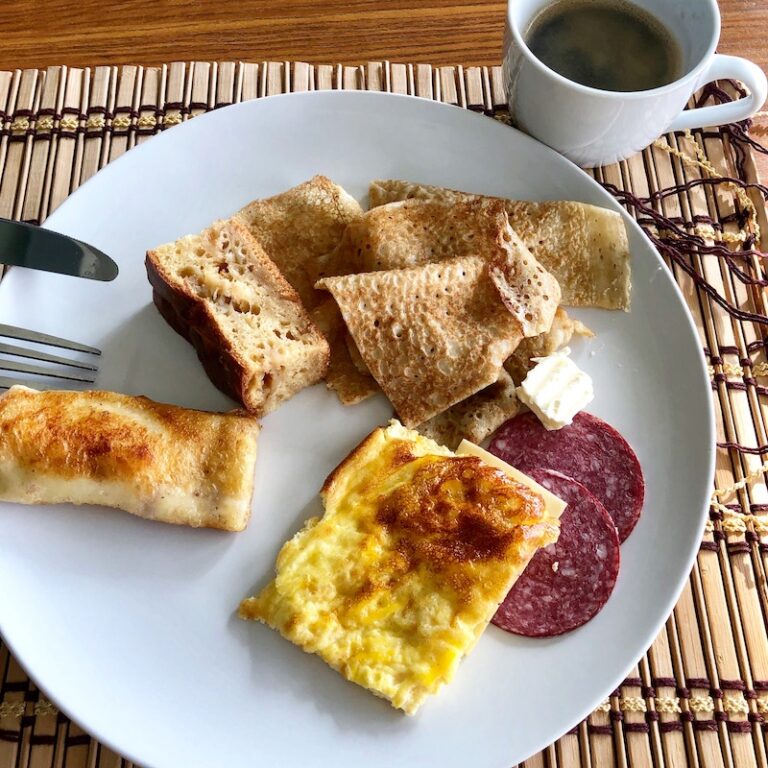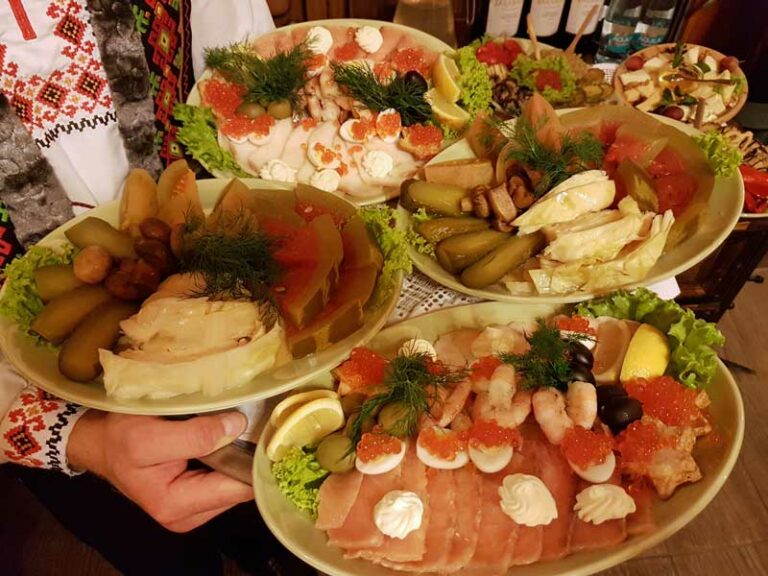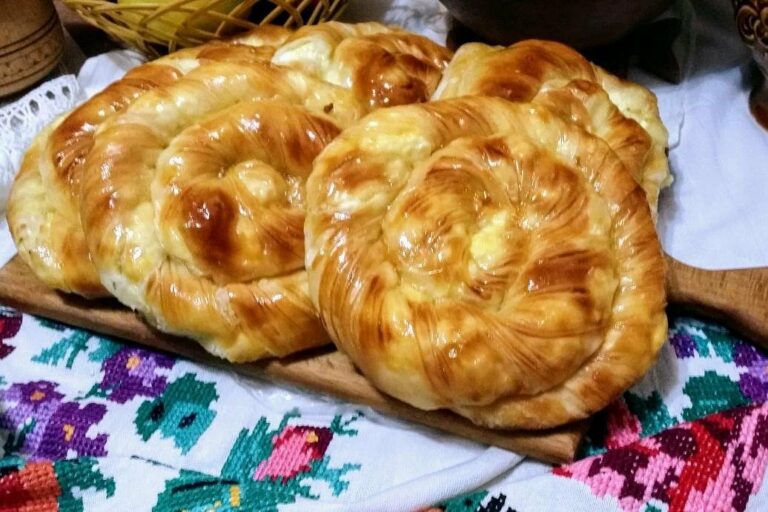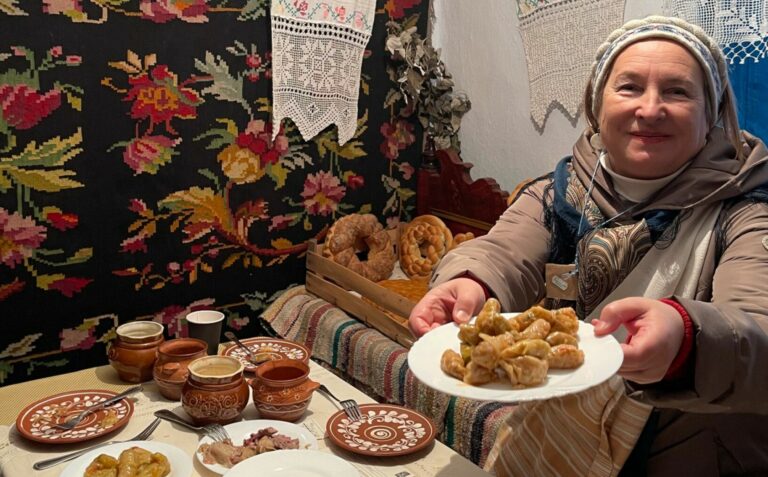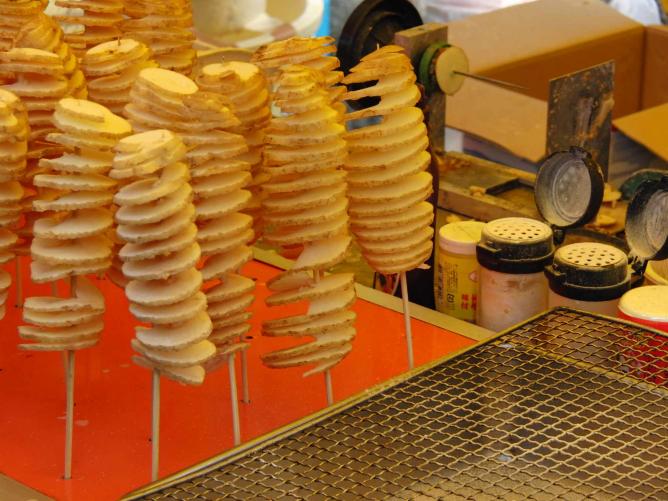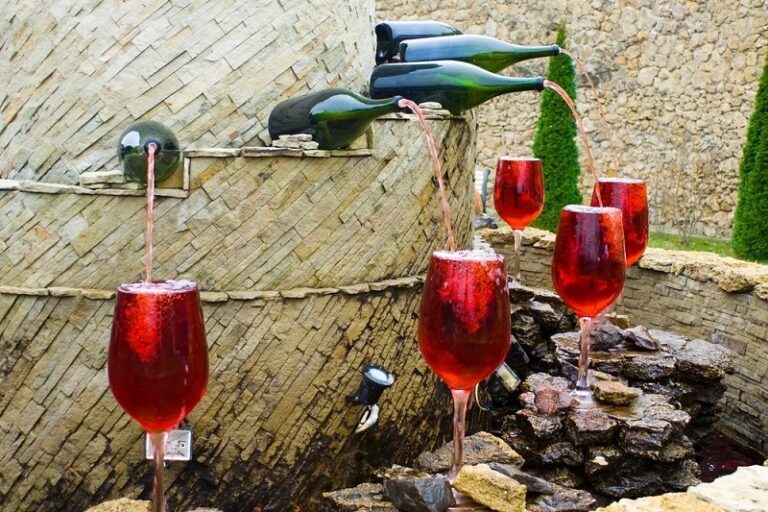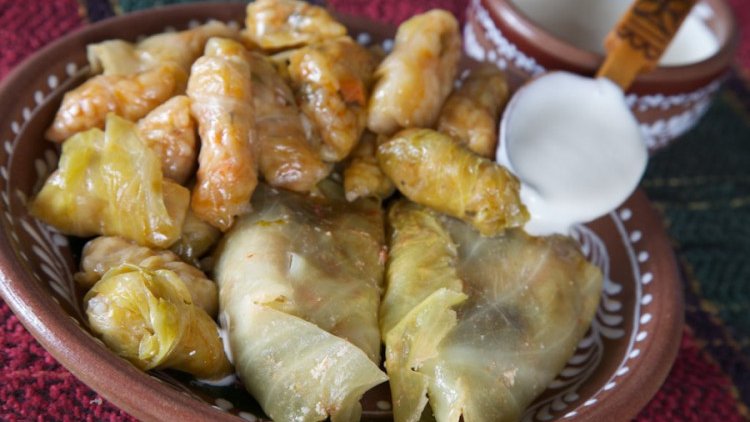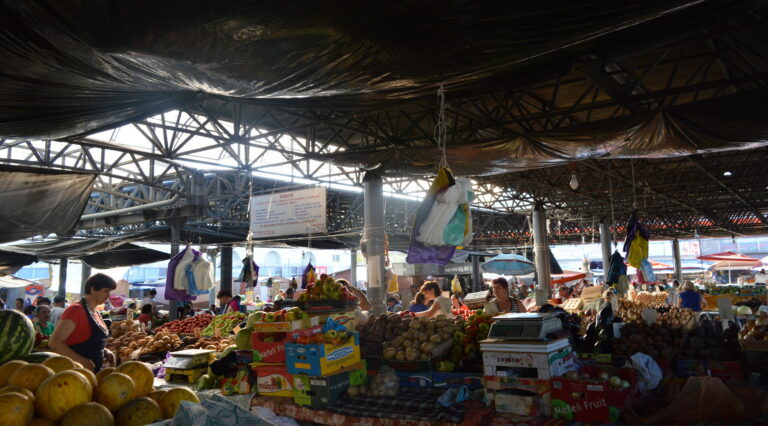Introduction: Breakfast Culture in Moldova
Breakfast is often considered the most important meal of the day, and it’s no different in Moldova. The country’s breakfast culture is influenced by a mix of traditional and modern options. Moldovans consider breakfast as an integral part of their daily routine, and it’s commonly believed that a nutritious breakfast helps to provide the energy and focus needed to start the day.
Moldova is known for its delicious and hearty breakfast options that are often made with fresh ingredients sourced from local farms. Moldovan breakfasts are typically filling and nutritious and consist of a variety of bread, pastry, dairy products, and meat-based dishes. Whether it’s a quick breakfast on the go or a leisurely weekend brunch, Moldova has something for everyone.
Traditional Moldovan Breakfast Dishes
Moldovan cuisine is rich in flavor and features a range of traditional breakfast dishes that are enjoyed by locals and tourists alike. One such dish is ‘mămăliga,’ a creamy cornmeal porridge that is often served with sour cream and cheese. Another popular dish is ‘plăcinte,’ a type of savory pastry that is typically filled with cheese, potatoes, or meat. ‘Zeama,’ a hot and sour chicken soup, is also a popular breakfast option in Moldova.
Bread and Pastry Options
Bread and pastry are a staple of Moldovan breakfast cuisine. The country is known for its delicious ‘covrigi’ bread, which is a type of soft and chewy pretzel. ‘Cozonac,’ a sweet bread filled with nuts, raisins, and chocolate, is another popular breakfast option. ‘Sărățele,’ a type of savory biscuit, is often served with cheese or meat-based spreads.
Dairy Products and Cheese
Dairy products and cheese are an essential part of Moldovan cuisine and are commonly used in breakfast dishes. ‘Brânză de burduf’ is a popular cheese made from sheep’s milk that is often served with bread or pastry. Moldova is also known for its delicious ‘smântână,’ a type of sour cream that is used in many breakfast dishes.
Meat and Egg-Based Breakfasts
Meat and eggs are also commonly used in Moldovan breakfast dishes. ‘Omletă’ is a popular breakfast option and is typically made with cheese or vegetables. ‘Cârnați de casă,’ homemade sausages made from pork and beef, are often served with bread or pastry.
International Breakfast Options in Moldova
With globalization, Moldova has seen an increase in international breakfast options. Many cafes and restaurants now offer traditional English breakfast dishes, such as bacon and eggs, or French pastries like croissants. These options are often served with coffee or tea and are a great way to start the day for those who prefer a more familiar breakfast experience.
In conclusion, Moldova has a rich and diverse breakfast culture that is influenced by traditional and modern cuisine. Whether it’s a savory pastry, a hot soup, or a classic egg dish, Moldova has something for everyone. So, next time you visit Moldova, make sure to explore the country’s unique breakfast options.

